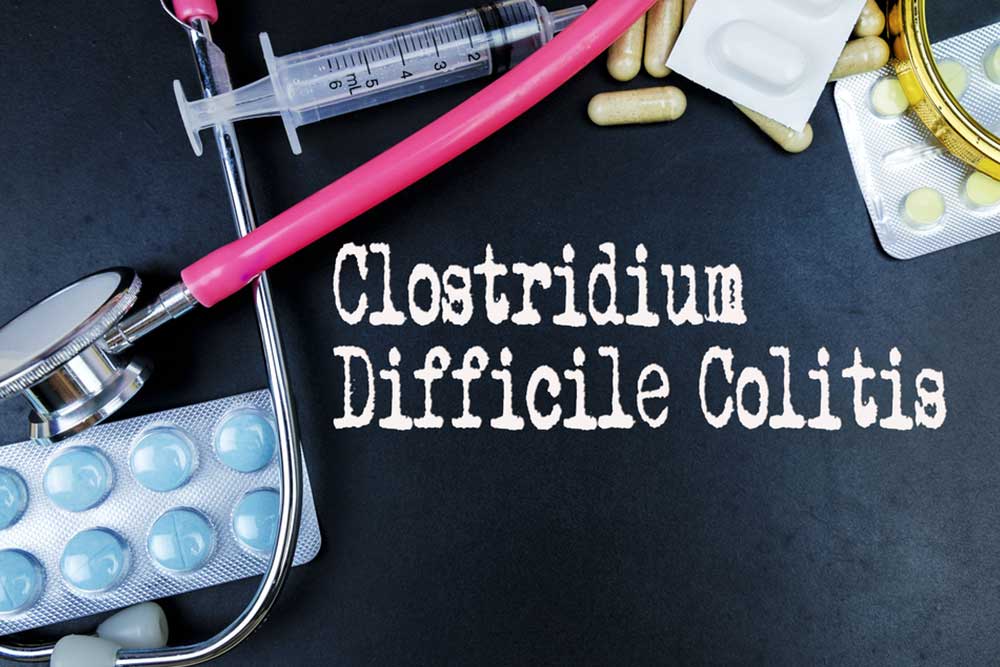Understanding the Early Indicators of C. difficile Colitis: A Comprehensive Guide
This comprehensive guide explores the early signs and symptoms of C. difficile colitis, emphasizing the importance of timely diagnosis and treatment. It covers infection risk factors, transmission methods, and the severity of symptoms, providing vital information to help individuals recognize the infection early. Understanding how C. difficile spreads and manifests can aid in prevention and prompt medical intervention, reducing serious health complications associated with this bacterial infection.

Recognizing the Signs and Symptoms of C. difficile Colitis
Clostridioides difficile, commonly known as C. difficile, is a bacterial infection that predominantly affects the colon. This infection often develops when the natural balance of bacteria within the intestinal flora is disturbed, frequently as a result of antibiotic treatment. Antibiotics, while vital for combating bacterial infections, can inadvertently eliminate good bacteria in the gut, creating an environment conducive to C. difficile proliferation. Once established, the bacteria produce toxins that cause inflammation, damage the lining of the colon, and lead to a range of symptoms that can vary from mild to life-threatening.
C. difficile spores are resilient and can survive outside the human body on surfaces, textiles, or food, making transmission possible through fecal-oral contamination. Poor hygiene practices, especially in healthcare settings, significantly increase the risk of infection. Individuals can become infected by ingesting contaminated food or touching contaminated surfaces and then touching their face or mouth. Recognizing early signs of infection is crucial for initiating prompt treatment, which can prevent severe complications, including colon perforation or sepsis.
Early detection of C. difficile infection (CDI) is essential for effective management and recovery. If diagnosed early, medical intervention can be more straightforward, while delayed diagnosis may result in severe health issues. Here are some essential facts about C. difficile infections:
Approximately 3% of the adult population carries C. difficile asymptomatically in their intestines, while two-thirds of infants may harbor the bacteria without symptoms.
Annually, around half a million individuals are affected by CDI in various regions, highlighting its widespread nature.
Key risk factors for developing C. difficile infection include:
Prolonged use of antibiotics, especially broad-spectrum types that alter gut flora
Extended stays in hospitals or healthcare facilities
Older age groups, particularly the elderly
Previous gastrointestinal surgeries or procedures
Pre-existing gastrointestinal conditions such as inflammatory bowel disease or colon cancer
Compromised immune system due to medical conditions or medications
Recognizing early symptoms of C. difficile colitis:
Symptoms typically emerge within 5 to 10 days after starting antibiotics, but in some cases, they might appear immediately or several months later. The severity and underlying health of the individual influence how symptoms manifest. Mild cases often involve frequent, watery diarrhea, whereas severe cases can escalate rapidly, requiring urgent medical attention.
In mild infections, individuals might experience greater than three episodes of watery diarrhea daily, often accompanied by mild cramping and abdominal discomfort. As the infection worsens, symptoms intensify and may include dehydration, fever, and abdominal pain. Severe cases pose significant health risks, including life-threatening complications:
Frequent diarrhea, which can reach 10-15 episodes per day
Intense abdominal pain, bloating, and tenderness
Nausea, vomiting, and a persistent fever
Signs of dehydration such as dry mouth, dizziness, and decreased urine output
Weight loss due to fluid loss and poor appetite
Elevated white blood cell count indicating systemic infection
Pus, blood, or mucus in stool, indicating colonic inflammation or perforation
Potential kidney complications stemming from dehydration or systemic effects
Transmission of C. difficile occurs primarily through contact with contaminated surfaces or food, especially in settings where hygiene protocols are not strictly followed. The use of antibiotics remains a major factor disrupting normal gut flora, creating an environment where C. difficile can thrive. Anyone experiencing symptoms should seek immediate medical advice to ensure proper diagnosis and treatment, minimizing the risk of severe outcomes.





